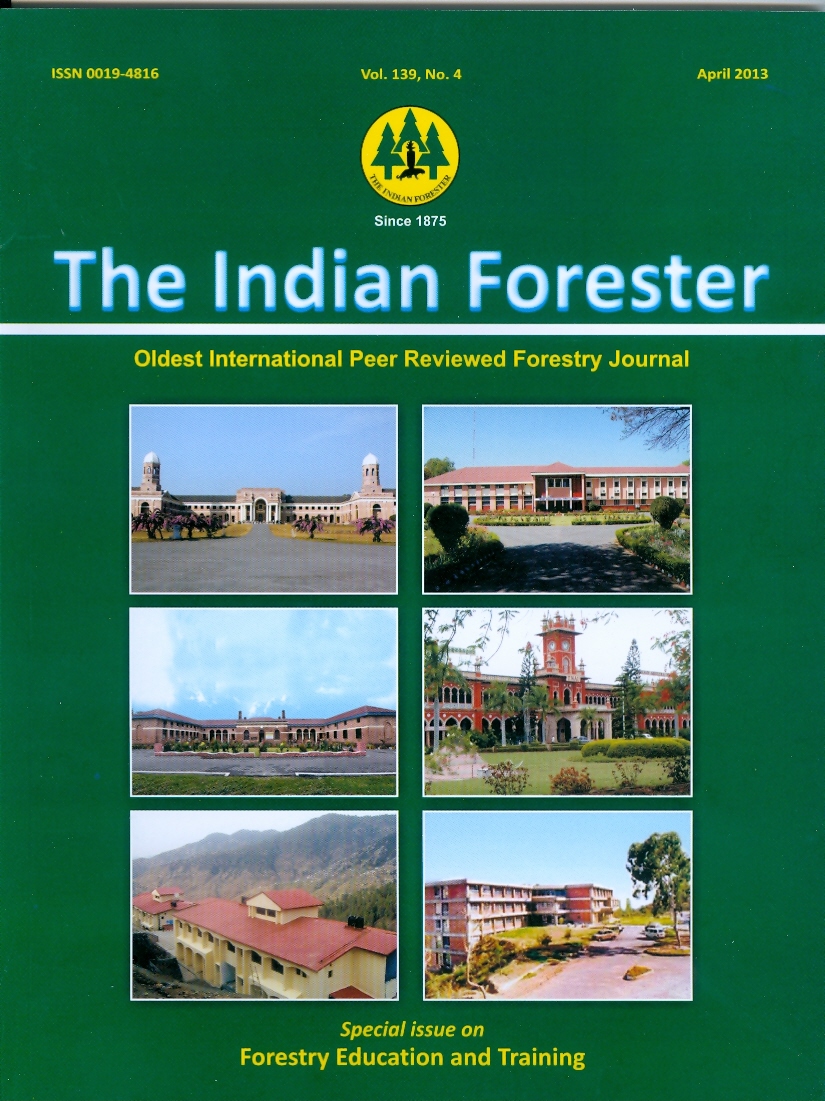Applications of Geospatial Technology in Forestry Research and Education: An overview
DOI:
https://doi.org/10.36808/if/2013/v139i4/31915Keywords:
Forest, Remote Sensing, GIS, Forest Management, Biomass, Climate ChangeAbstract
Forest and trees provide various goods and services to mankind for livelihood purposes since time immemorial. Remote sensing is a way of acquiring information about the surface of the earth without actually being in contact with it. Remote sensing and Geographical Information System (GIS) has wide application in forestry as well as other sectors like agriculture, infrastructural (urban) development, etc. Satellite remote sensing technologies can also be used as a tool for monitoring, assessment, reporting and verification of carbon credits and co-benefits under an eventual REDD mechanism. Remote sensing has facilitated extraordinary advances in the modeling, mapping, and understanding of forestry and ecosystems. For carrying out the quality research and education, there is a need of highly motivated and committed teachers, researchers and scientists starving for excellence. Therefore, effective human resource development efforts are vital for ensuring productive output as subject experts of remote sensing and GIS by carrying out the proper planning and its implementation particularly in the field of forestry education and research. These efforts have to be systematically planned and implemented. Scientists from different disciplines of forestry have joined the hands with geographers in geospatial satellite technology for a variety of forest-related issues and its applications which is reviewed in this paper.Downloads
Download data is not yet available.
Downloads
Published
2013-04-01
How to Cite
Ashraf, J. (2013). Applications of Geospatial Technology in Forestry Research and Education: An overview. Indian Forester, 139(4), 335–340. https://doi.org/10.36808/if/2013/v139i4/31915
Issue
Section
Articles
License
Unless otherwise stated, copyright or similar rights in all materials presented on the site, including graphical images, are owned by Indian Forester.





